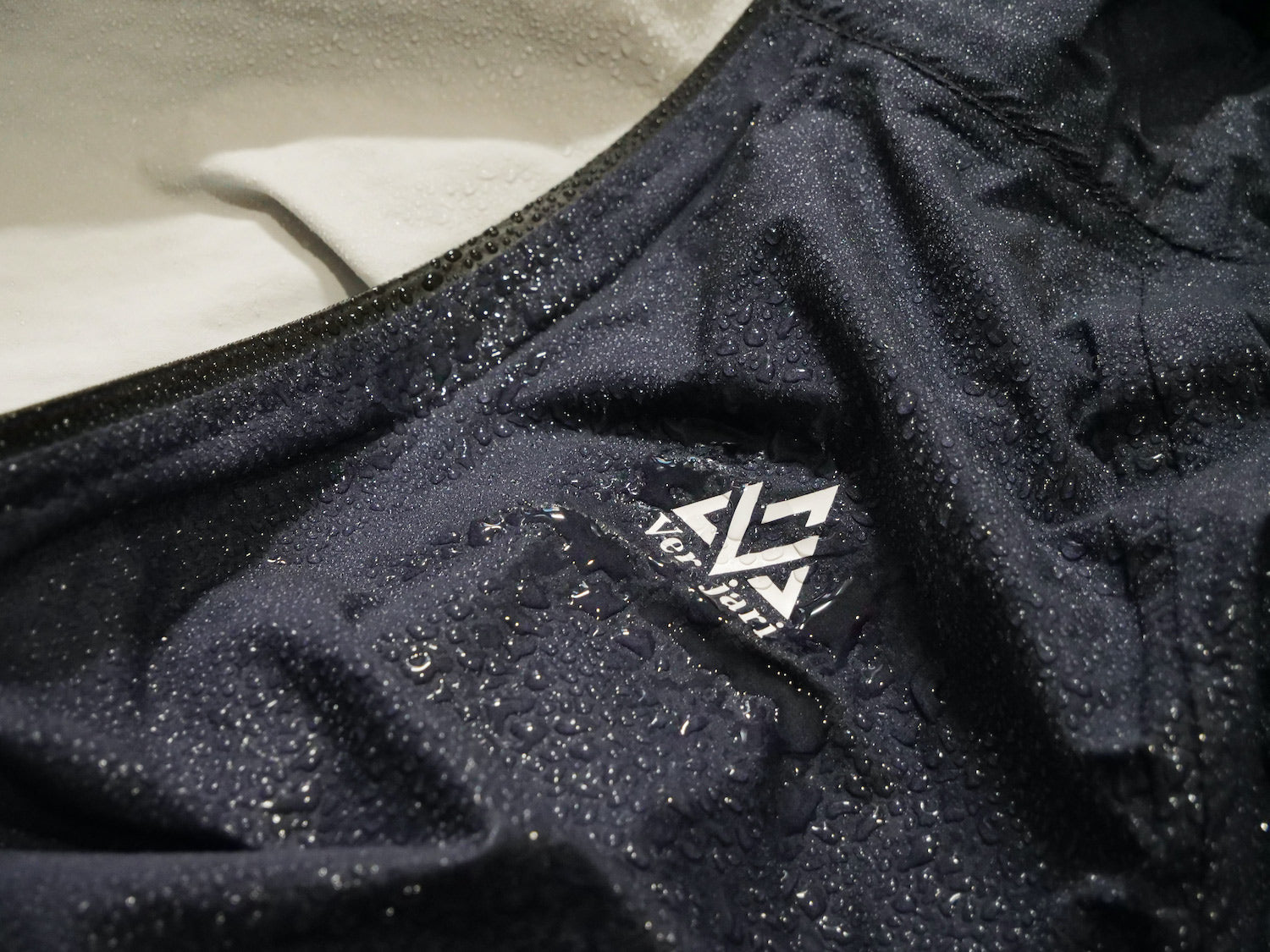
Indeed, our sports clothing needs performance. Breathability, lightness, waterproofness and elasticity (stretch) are the main ones. And synthetic fibers are by far the best in these areas.
These synthetic fibers come from a chemical process. For example, polyester is made from PET (PolyEthylene Terephthalate), i.e. plastic. And plastic is made from petroleum.
Oil is a finite and polluting resource, by definition unsustainable. Like the synthetic fibers that come from it.
Used plastics pile up around us (bottles, bags, clothes, etc.) and generally end up in nature. There is a huge stock already produced that we can use to make new clothes, without losing athletic performance.

1/ Recycling of plastics for textiles
From this stock of plastic in nature (for example plastic bottles), there are 2 ways to recycle plastic into a textile:
- Mechanical recycling
- Chemical recycling
Mechanical recycling makes it possible to wash a plastic bottle and reduce it to a small element of polyester for example. This small piece of polyester then finds the normal circuit for the formation of the thread.
Chemical recycling "deconstructs" the plastic bottle chemically until it returns to the constituent monomers of polyester. Also, these elements then join the normal circuit for the formation of the final polyester.

Here are the benefits of recycling:
- Reduction of plastic waste in the environment
- Limiting dependence on petroleum
- Limitation of energy used for production (-59% on average)
- The process can be reproduced
2/ Process imperfections
However, this recycling process has its drawbacks:
- The process can be reproduced theoretically "to infinity", but by dint of being heated to be reduced, the material loses its quality very slightly with each recycling.
- The natural fiber alternative offers other ecological possibilities, but they also have their ecological disadvantages.
- Micro-plastic particles are also a crucial issue for environmental pollution. When we wash a garment made of synthetic fibers (recycled or not), tiny particles are torn from the garment and leave with the wastewater. These pass through treatment plants before being discharged into the sea, but a large part of the micro-particles is not filtered, and affects ecosystems.

3/ The ecology-sports performance dilemma
We are then witnessing a paradox for us, outdoor athletes: we have a special relationship with nature, but we need clothes that nature cannot afford us, and which pollute it.
Indeed, natural fibers are difficult to perform. The option of recycled textiles therefore appears to be the best of the ecological options. To align our practice and our actions.Despite the imperfections of the recycling process, recycled textiles remain a huge ecological step and they maintain sports performance, hence attractiveness in the market.
The disadvantages of the process will certainly be reduced in the years to come. We can already act on the impact of our clothes on nature. Nature that we use every day for our activities. So why continue to equip oneself with non-recycled?








